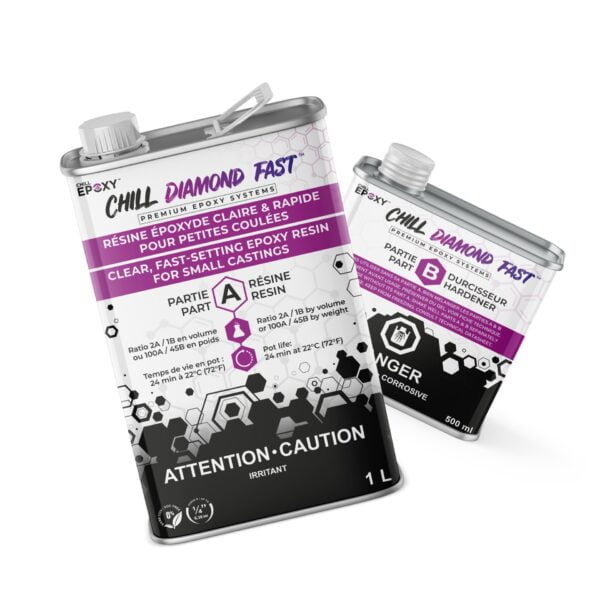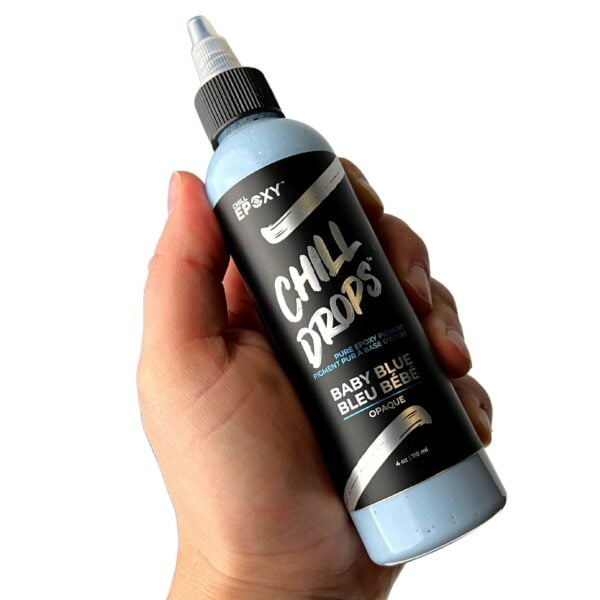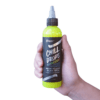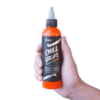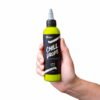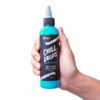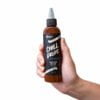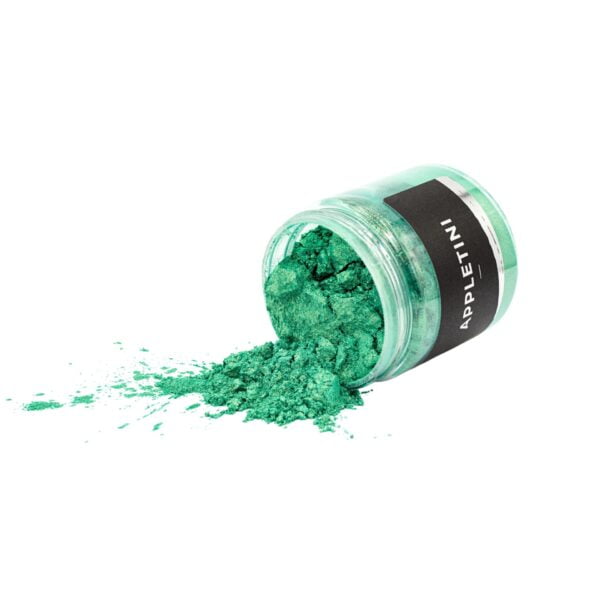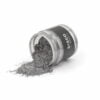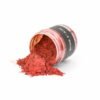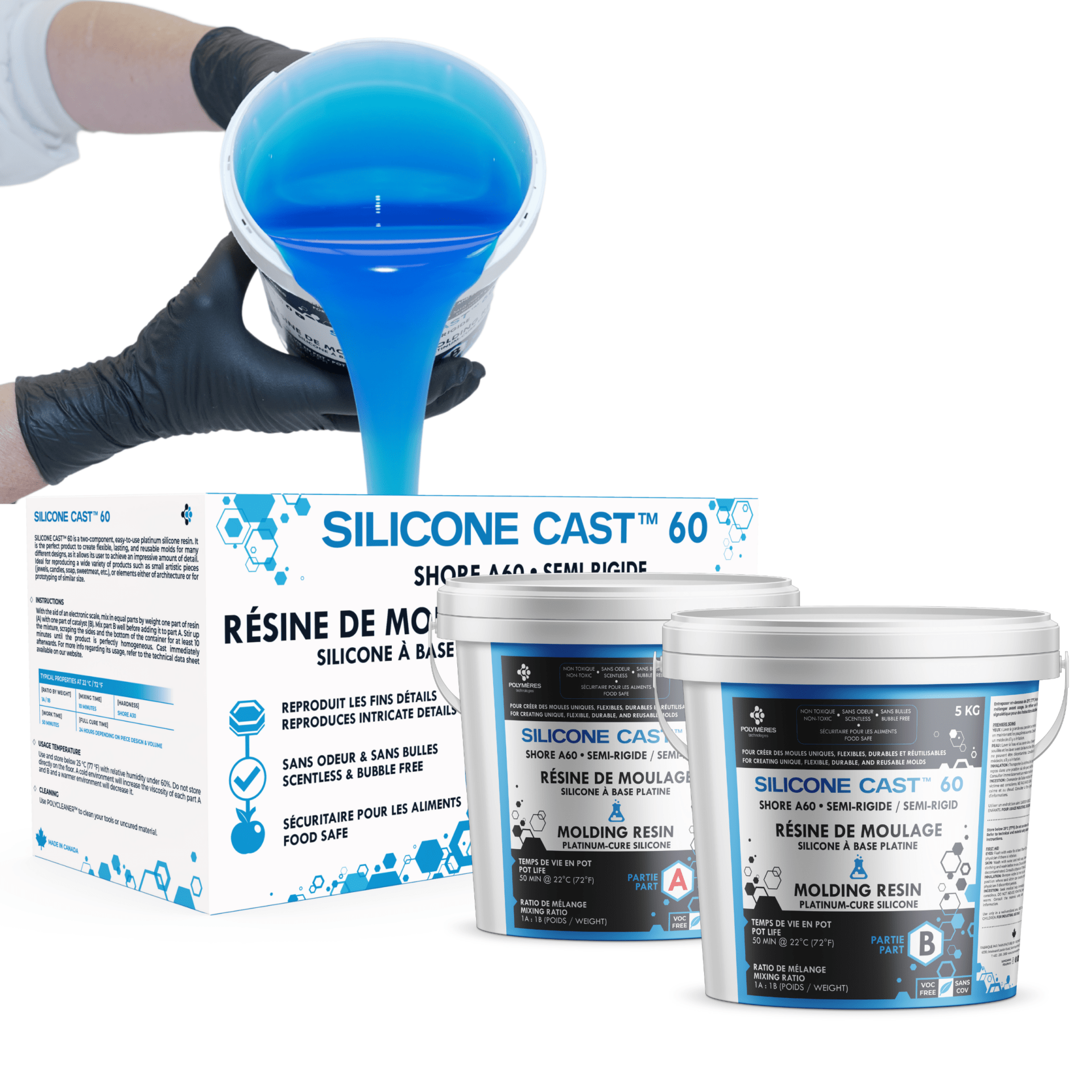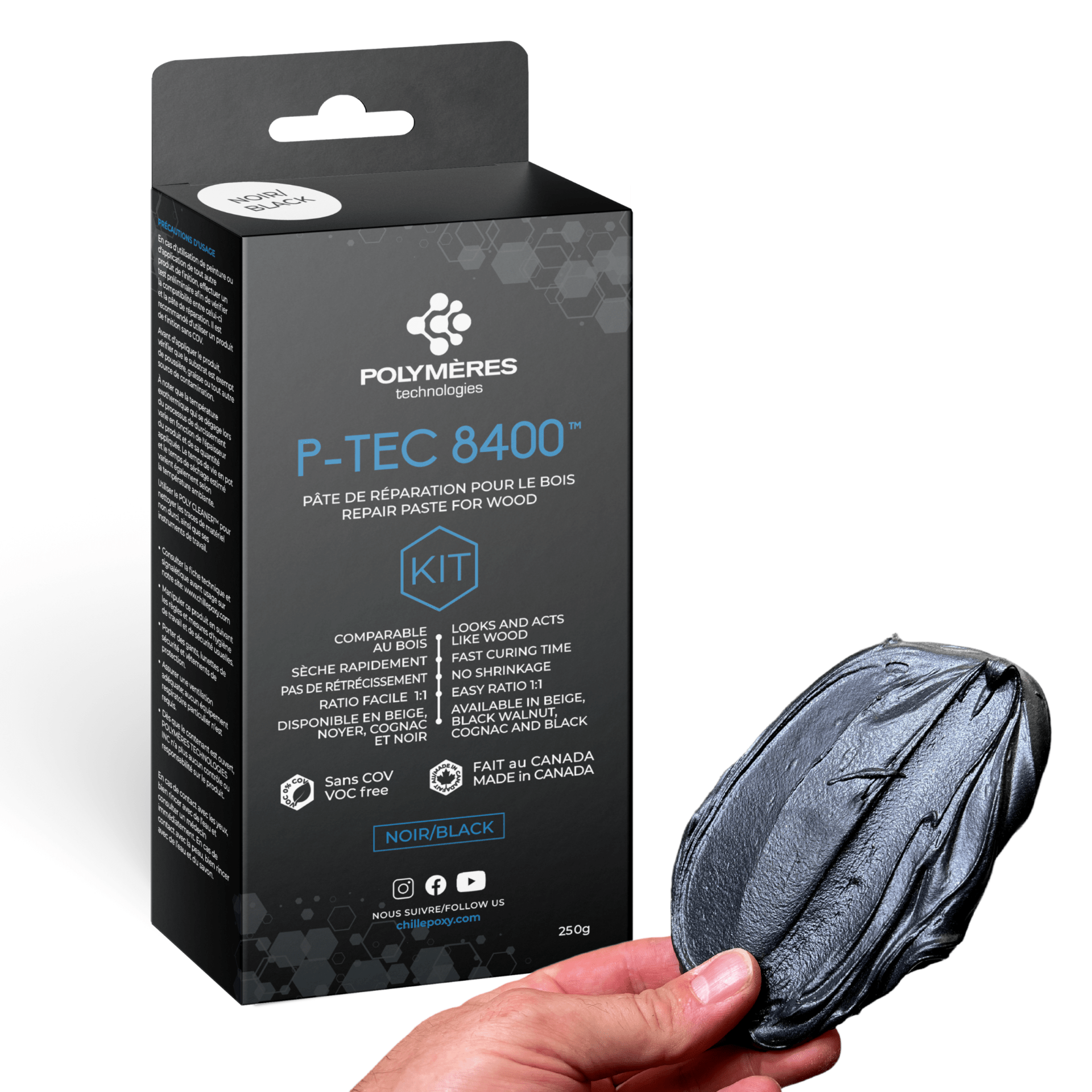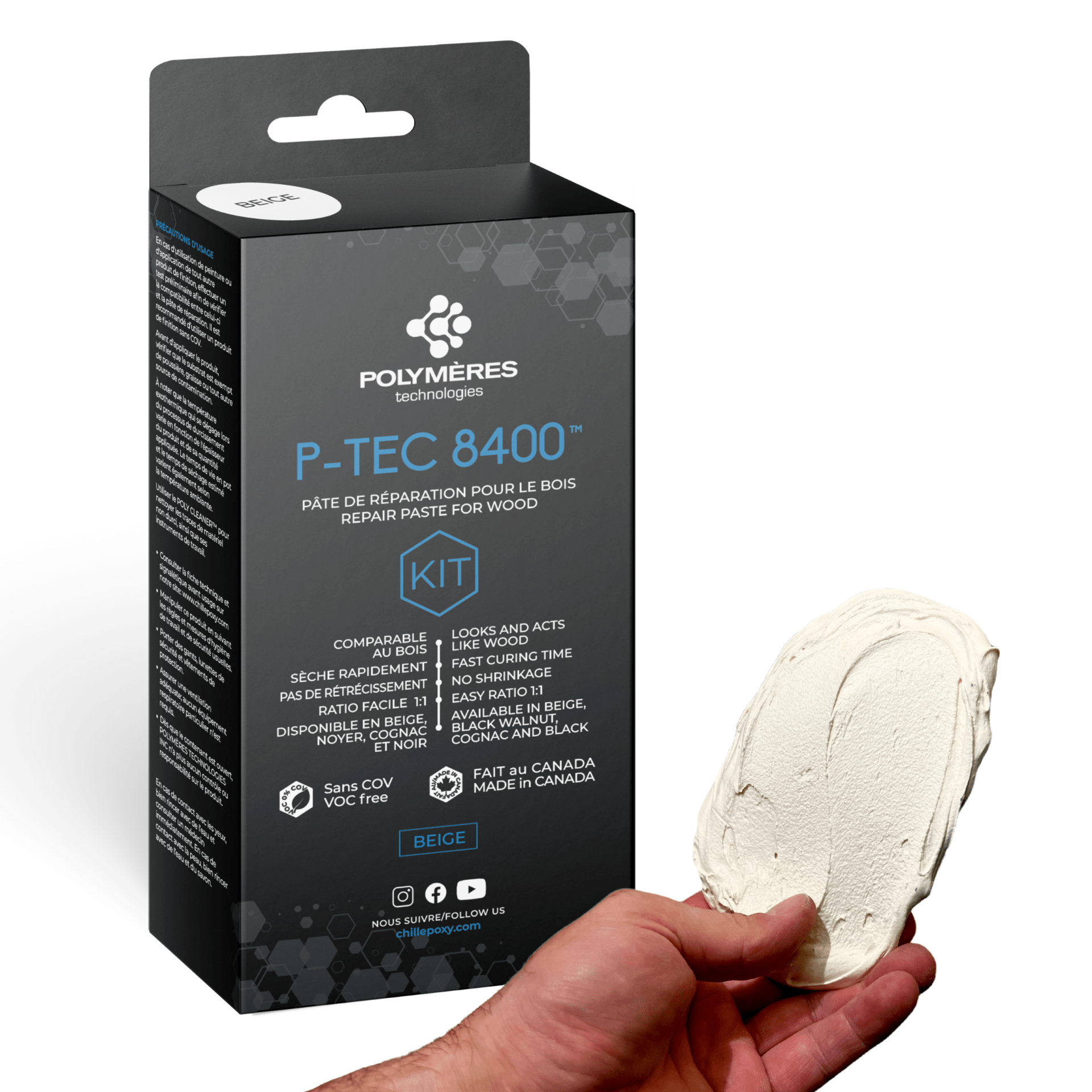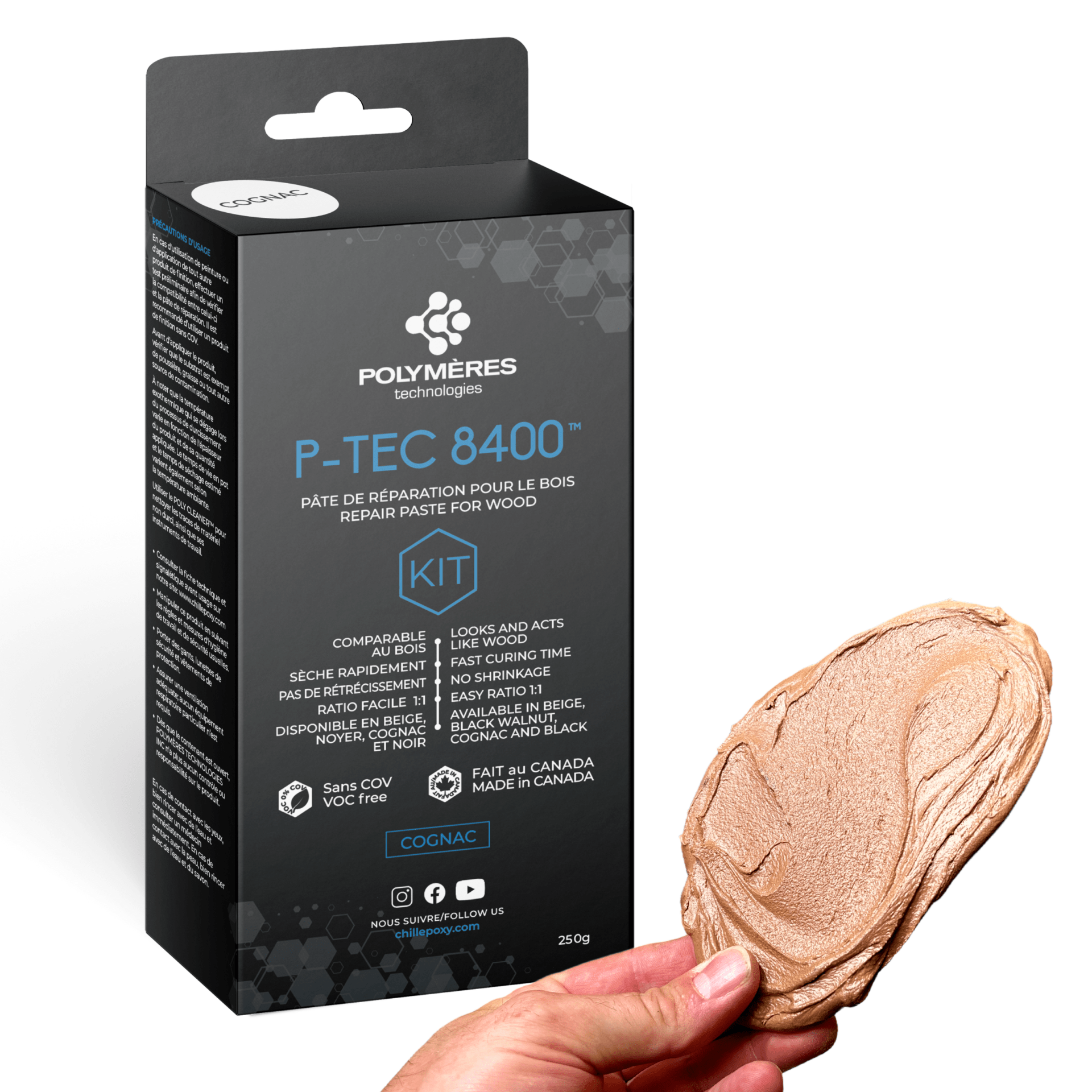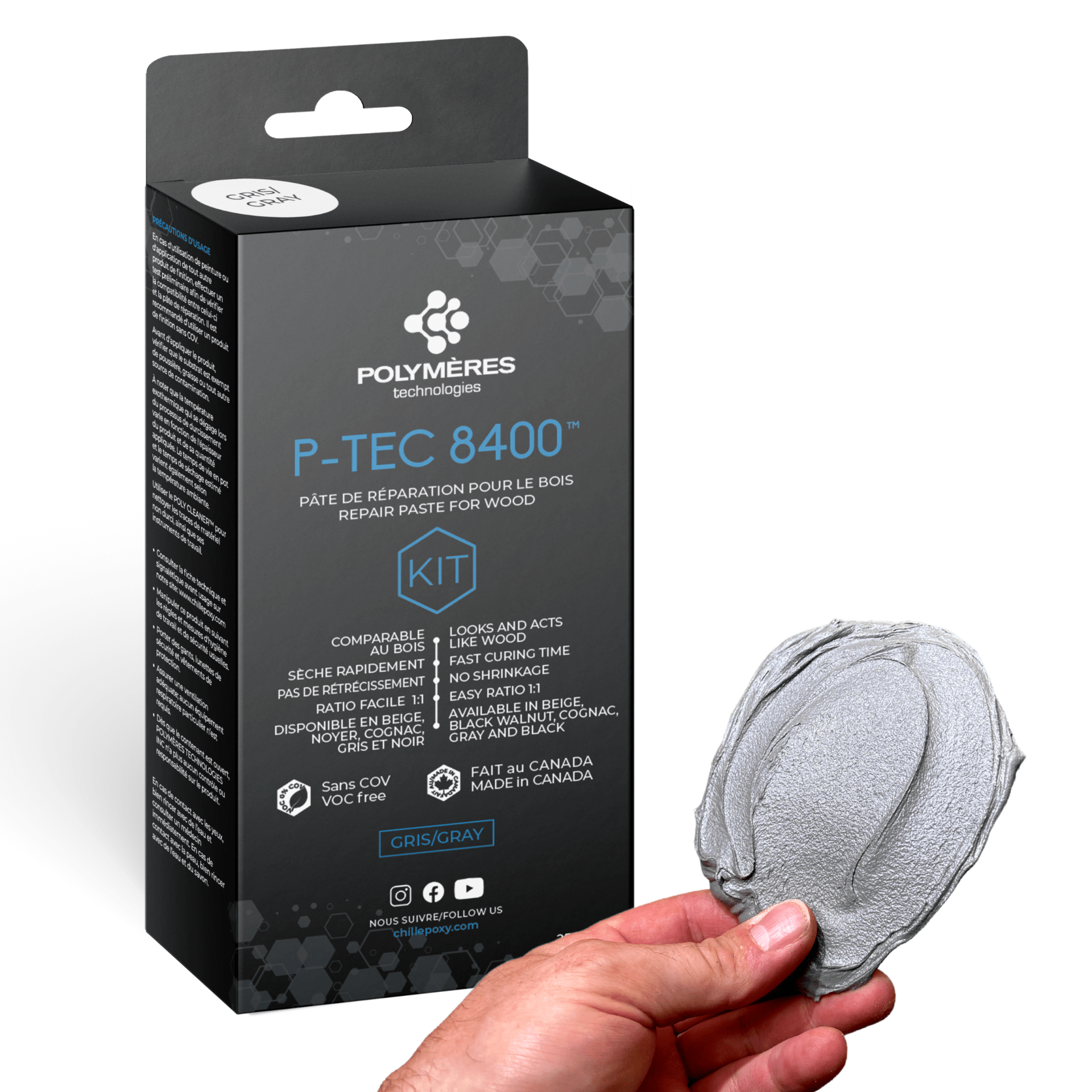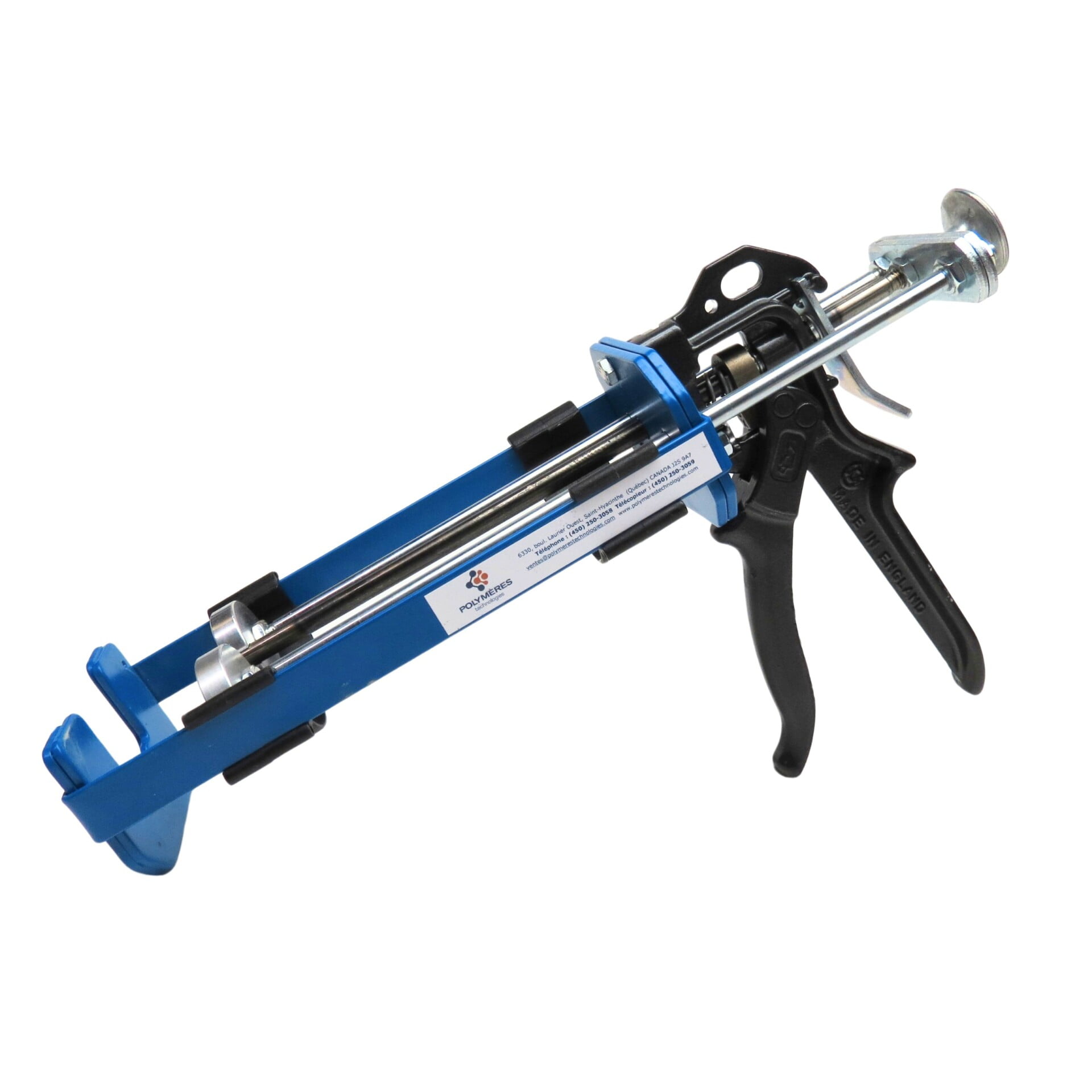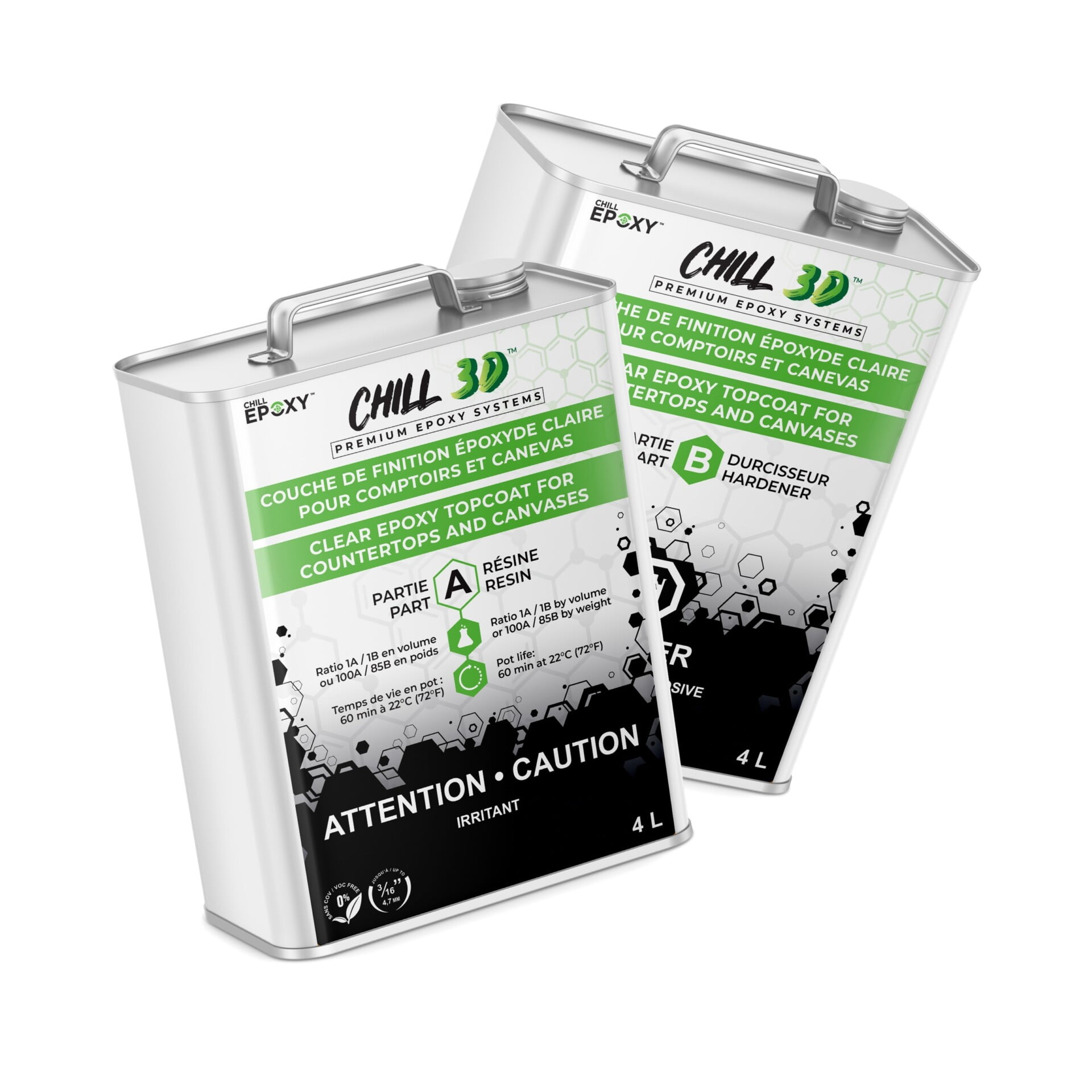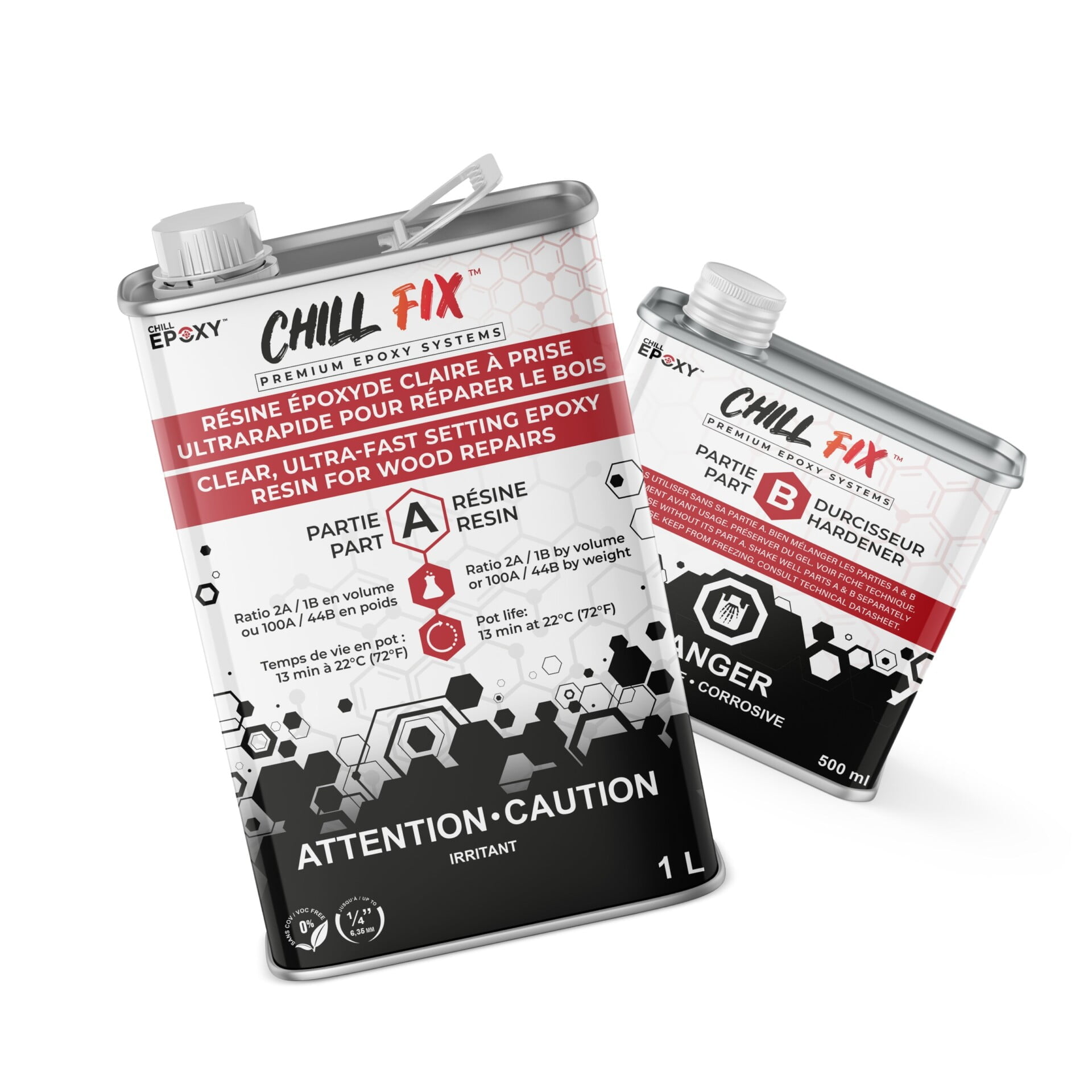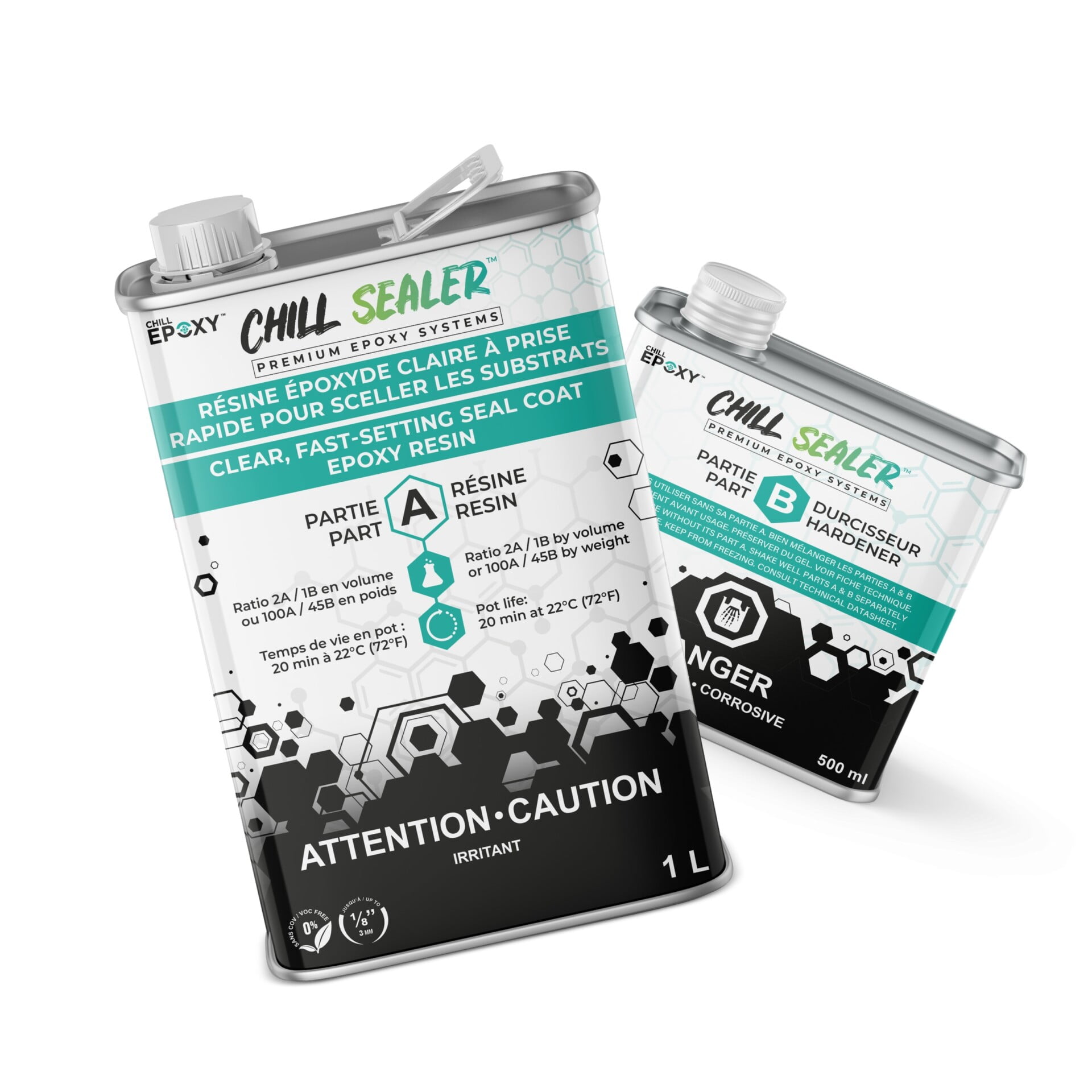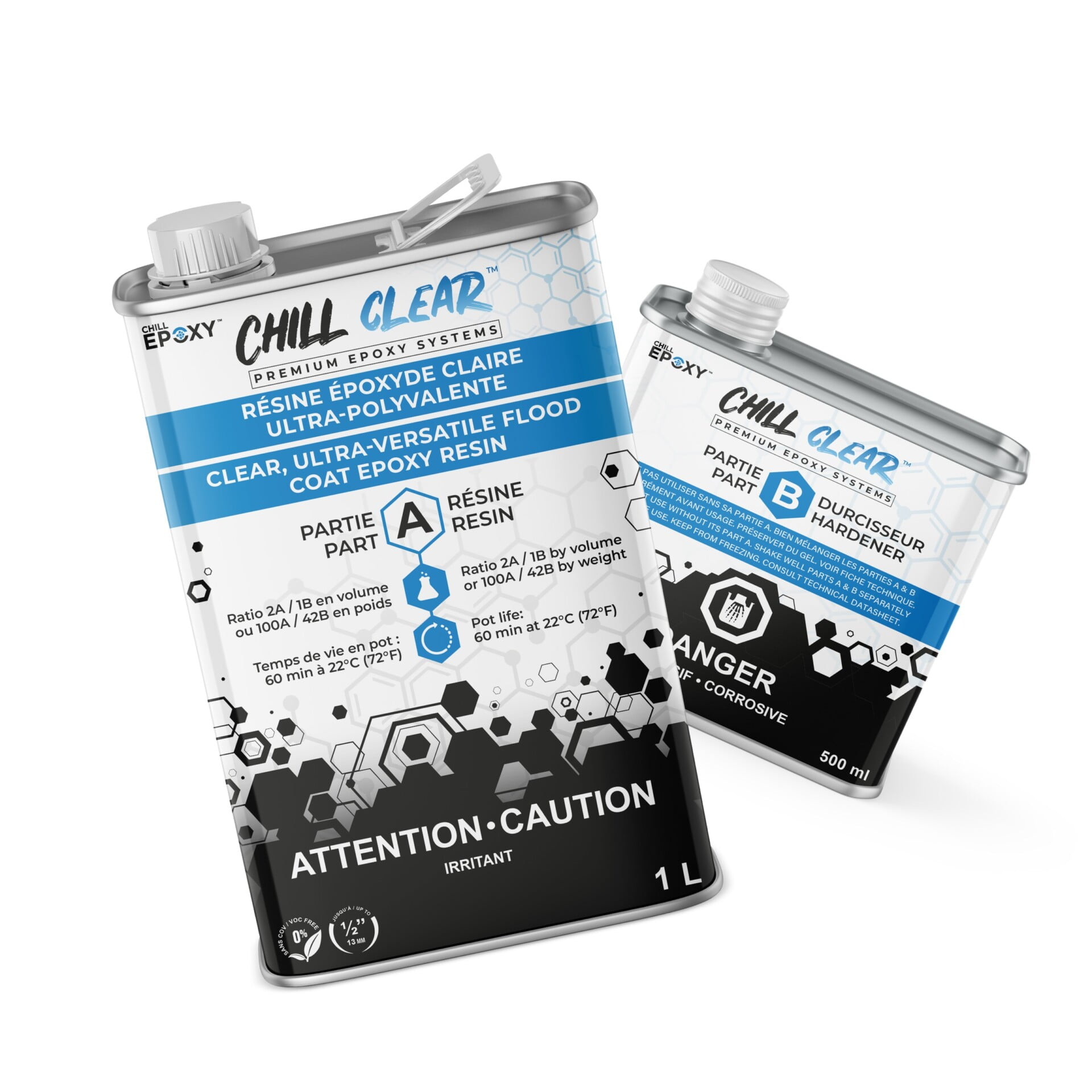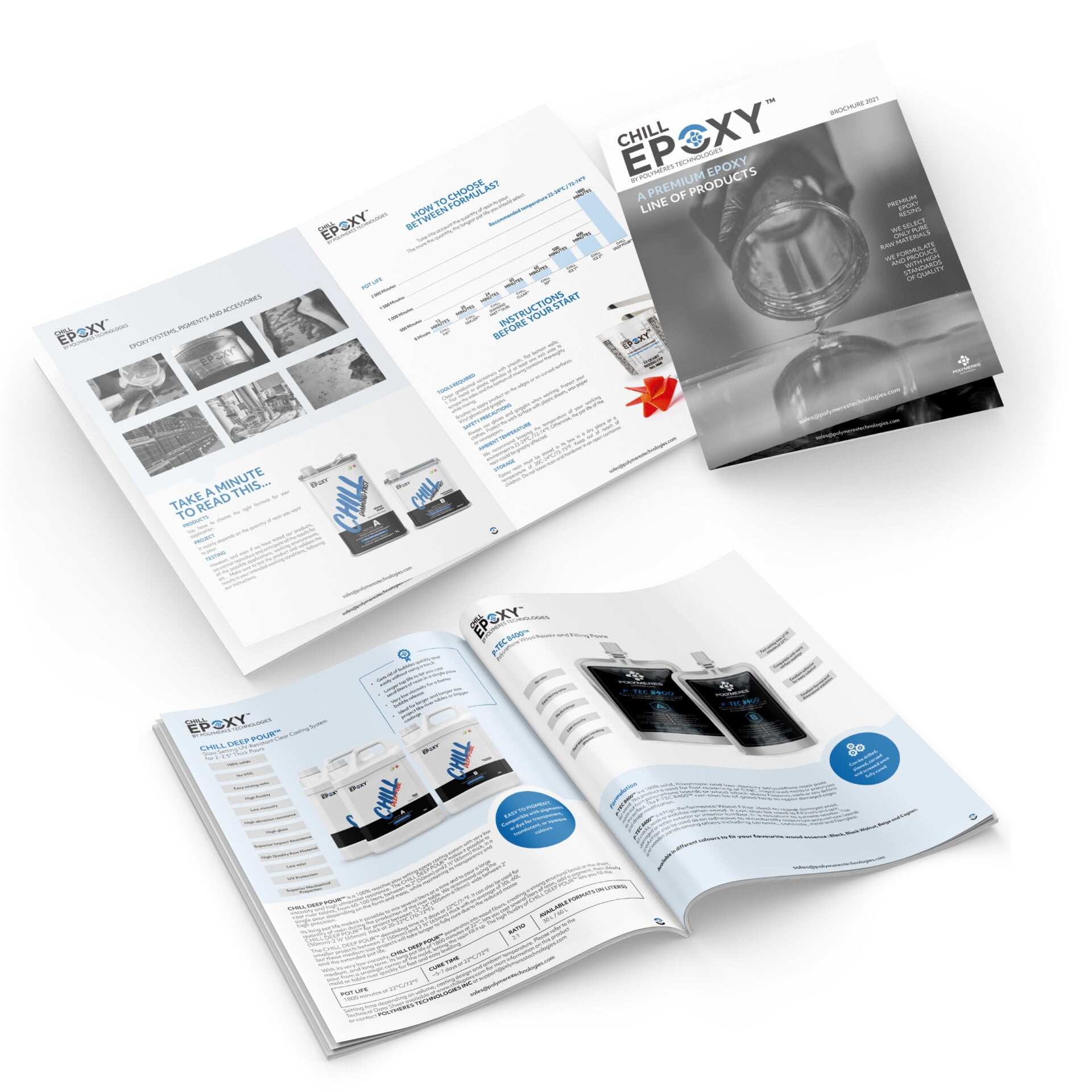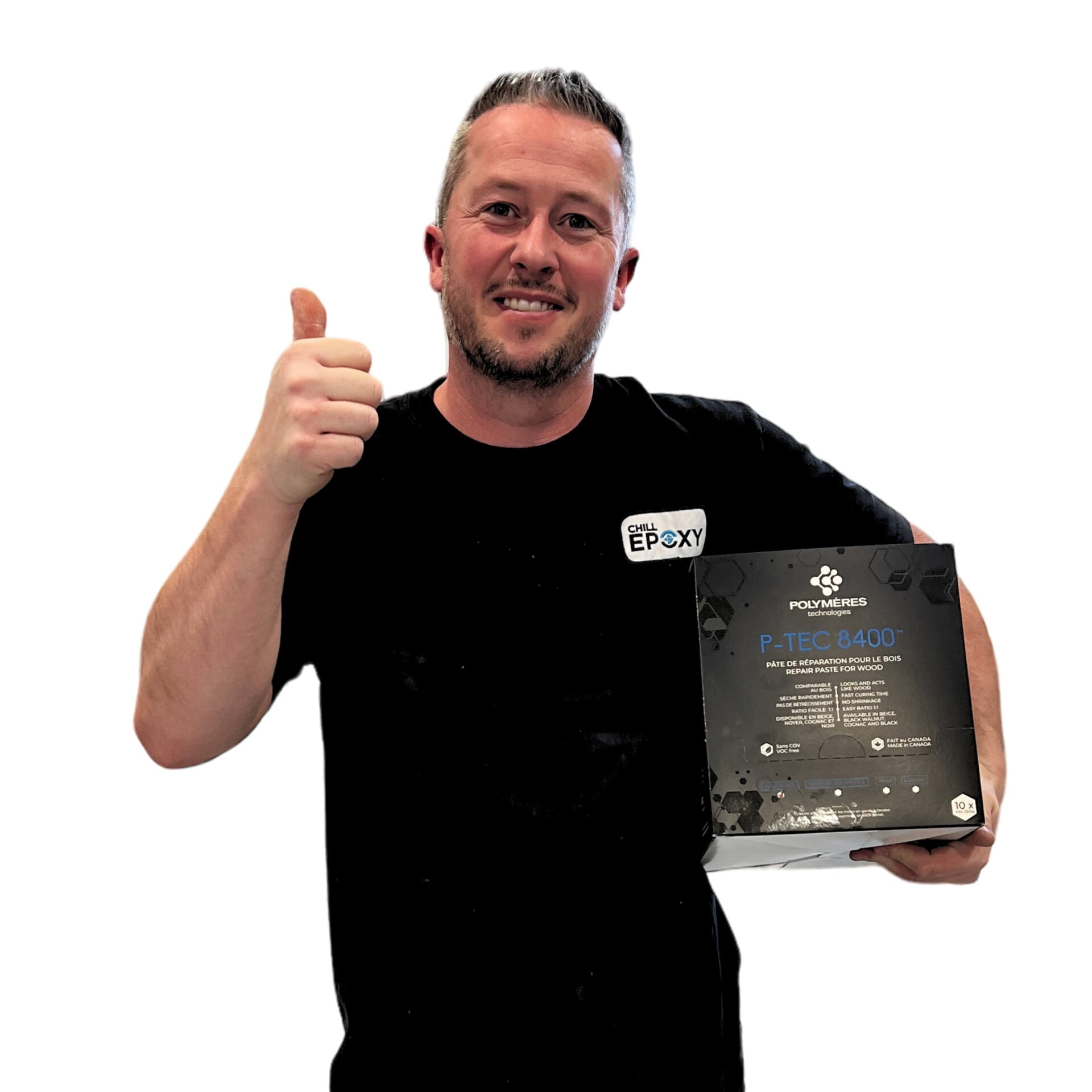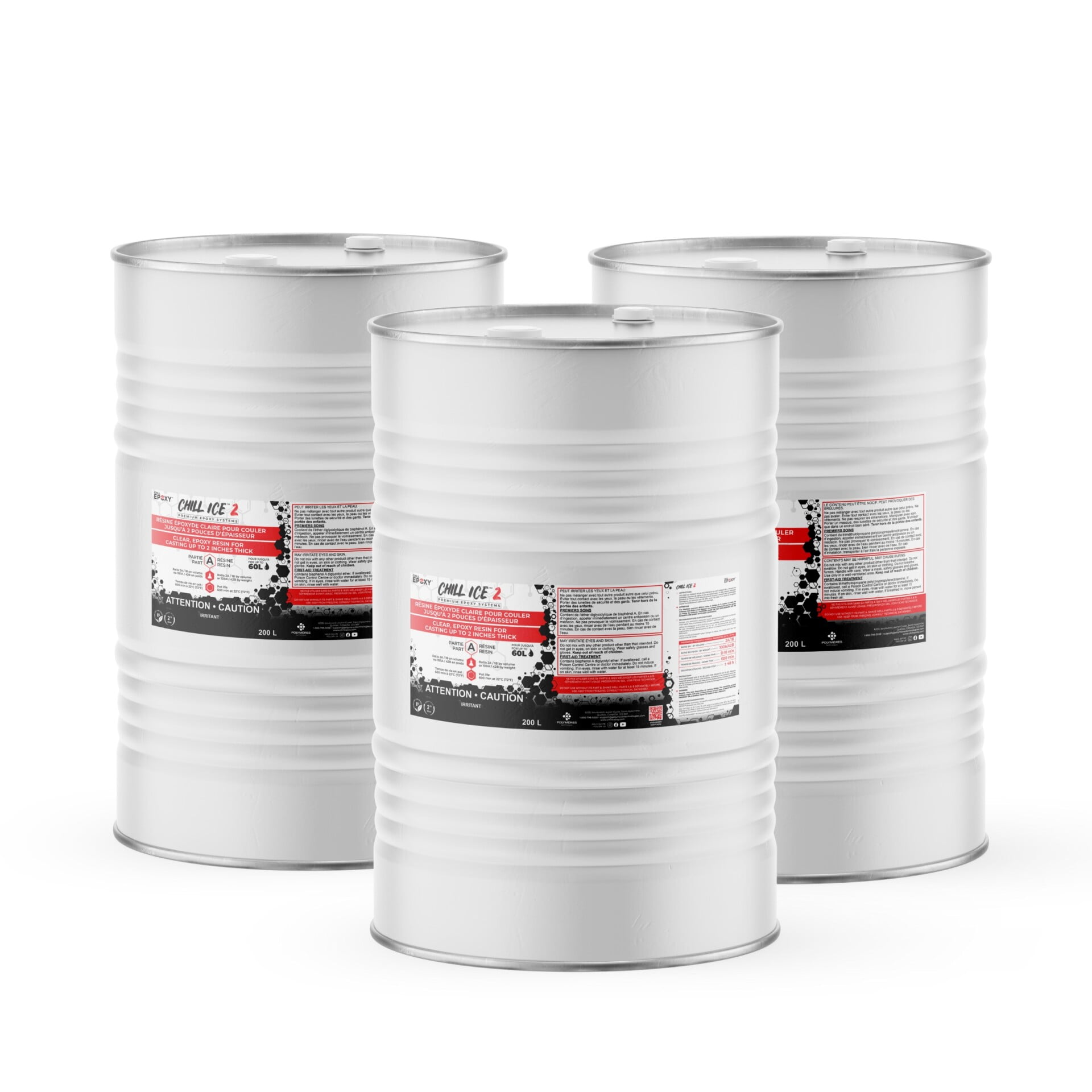FAQ, Mixing process
How to Mix Epoxy Resin?
How to Mix Epoxy Resin: A Step-by-Step Guide to Achieve Perfect Results
Introduction
Epoxy resin is a versatile material widely used in various applications, including crafts, woodworking, and surface coatings. Achieving the desired outcome with epoxy resin requires proper mixing of its components, namely parts A (resin) and B (hardener). In this comprehensive guide, we will walk you through the essential steps and considerations for mixing epoxy resin to ensure a successful and satisfying result.
Understanding the Mixing Ratios
Before we dive into the mixing process, it’s crucial to understand that epoxy resin can have different mixing ratios depending on the system used. Most epoxy systems follow a 2:1 ratio, where two parts of resin are combined with one part of hardener. However, our countertop system, CHILL 3D – Medium viscosity, follows a 1:1 ratio. It’s essential to read and follow the instructions provided on the labels, boxes, and Technical Data Sheets (TDS) to ensure the resin cures properly. To help you determine the optimum mixing ratio, our epoxy resin calculator can be a valuable tool.
Mix of Parts A (Resin) and B (Hardener)
To achieve complete polymerization and ensure the epoxy resin cures properly, it is imperative to mix parts A and B in a completely homogeneous manner. Follow these steps for a successful mixing process:
1. Choose the Right Container
Always use a clean, round container for mixing epoxy resin. Avoid using square containers as they hinder proper mixing, especially in 90-degree angles. The container should have enough room to accommodate the resin volume without overflowing during mixing.
2. Prepare the Mixing Tools
Ensure you have clean mixing tools ready before starting the mixing process. A mixing jiffy and a clean metal spatula are recommended for scraping the bottom and sides of the container. The size of the mixing jiffy and spatula should be suitable for the volume of resin being mixed, typically ranging from 0.500 inches to 2 inches.
3. Mix Thoroughly
Pour the desired amount of part A (resin) and part B (hardener) into the clean container. Begin mixing the components thoroughly, making sure to scrape the bottom and sides of the container to incorporate any unmixed portions. The mixing time should be directly proportional to the amount of resin used. It’s important not to rush through this process, as a careless blend can lead to disastrous results. Take your time and approach the mixing procedure seriously.
Mixing Time Recommendations
To provide you with guidance on the appropriate mixing time, we have outlined the following recommendations based on the resin volume:
Small Projects (500 ml or less)
For small projects with very little epoxy resin, we recommend mixing for a minimum of 2-3 minutes. This ensures proper blending and homogeneity of the resin and hardener.
Medium-Sized Projects (1-5L)
When working on medium-sized projects ranging from 1 to 5 liters of epoxy resin, we recommend mixing for a minimum of 5-6 minutes. This extended mixing time allows for thorough incorporation of the components, resulting in a well-mixed resin mixture.
Large Projects (10-60L or More)
For large projects like river tables, which require several liters (10-60L or more) of epoxy resin, we highly recommend mixing the epoxy for a minimum of 8-10 minutes. The increased mixing time ensures complete blending and helps prevent any potential issues during the curing process.
Maintaining Consistency Throughout Multiple Containers
Our experience has shown that when mixing multiple containers of multiple liters for projects such as casting river tables or any project involving a high volume of resin, the last mixtures are often made quickly due to fatigue and anxiety to complete the work. However, it is crucial to maintain patience, discipline, and perseverance for the success of your project.
Ensuring consistency throughout all the containers is essential to achieve uniform results. Here are some tips to help you maintain consistency:
- Take Breaks: When working with large volumes of epoxy resin, it’s important to take regular breaks to prevent fatigue. Mixing for an extended period can lead to decreased concentration and rushed mixing, which may result in inconsistent mixtures. Take short breaks to rest and recharge before proceeding with the next container.
- Organize the Workflow: Plan your workflow in advance, considering the number of containers you need to mix. Set up a systematic approach to ensure each mixture receives the attention it deserves. This organization will help you maintain consistency and minimize errors.
- Involve a Partner: If possible, consider involving a partner or helper to assist you with the mixing process. This way, you can take turns and relieve each other when fatigue sets in. Having an extra set of hands can greatly improve the overall quality and consistency of your mixtures.
Remember, each mixture contributes to the final outcome of your project. By maintaining patience, discipline, and perseverance, you increase the chances of achieving the desired results.
Frequently Asked Questions (FAQs)
- Q: How important is it to follow the recommended mixing ratios?
- A: It is crucial to follow the recommended mixing ratios provided by the manufacturer. Deviating from these ratios can result in improper curing and compromised performance of the epoxy resin.
- Q: Can I mix epoxy resin in a square container?
- A: It is not recommended to mix epoxy resin in square containers as they hinder proper mixing due to the 90-degree angles. Always use a clean, round container for optimal mixing results.
- Q: Is it possible to mix epoxy resin for too long?
- A: While it is important to mix epoxy resin thoroughly, there is a limit to how long you should mix. Excessive mixing can introduce air bubbles and affect the resin’s overall performance. Follow the recommended mixing times for the best results.
- Q: Can I reuse a container that previously held epoxy resin?
- A: It is not recommended to reuse containers that have previously held epoxy resin. Residue from previous mixes can interfere with the current mixture’s curing process. Always use clean containers to ensure proper mixing.
- Q: Can I speed up the curing process by increasing the amount of hardener?
- A: No, increasing the amount of hardener beyond the recommended ratio will not speed up the curing process. It can lead to an imbalance in the chemical reaction, resulting in improper curing and potential resin failure.
- Q: Can I mix epoxy resin by hand or should I use a mechanical mixer?
- A: While it is possible to mix epoxy resin by hand, using a mechanical mixer ensures a more consistent and thorough mix. A mechanical mixer helps eliminate the risk of human error and ensures better dispersion of the components.
Conclusion
Achieving optimal results when working with epoxy resin requires careful attention to the mixing process. By following the recommended mixing ratios, using the right containers and tools, and dedicating the appropriate amount of time to mix, you can ensure a homogeneous resin mixture. Remember, consistency is key, especially when mixing epoxy resins.


